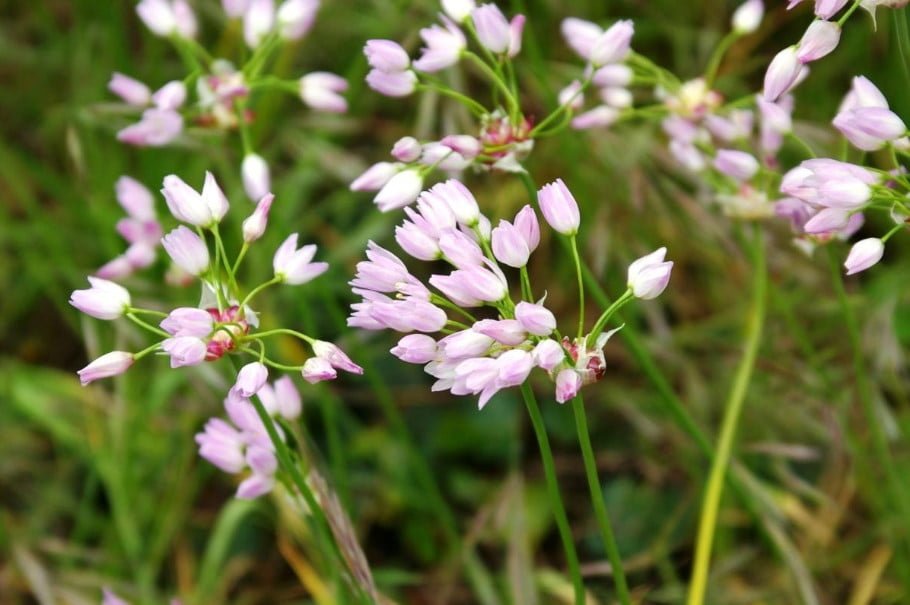
Acquaintance with rare bulbous plants we started with Amaryllis plants, continued with Iris and Hyacinth, and will complete the review of the three families.
Let me remind you that the genus, plant species, priority family names, temperature minimum are given by Encyclopedia of garden plants.
So, we meet the final fashion show of bulbous and tuberous rarities.
Lily bulbs
These are real highlights, each of which is interesting in its own way.
Albuca humilis
A rare small exotic bulbous plant for the southern cottages.

Albuca humilis is originally from South Africa. It is quite compact: up to 10 cm in height and 5 cm in width.the Flowers are white, with green backs and yellow tips; bloom in late spring — early summer. Temperature winter minimum 0°C, so on the middle lane it is not left to winter in the open ground with shelter. It is better to plant bulbs in containers, which in the spring to dig into the ground, and in the winter to bring the containers in the freezing basement (irrigation is reduced).
Cardiocrinum giganteum
A very large plant, and very rare: the search for bulbs on our site allowed me to include it in the final fashion show.

Cardiocrinum giganteum can reach a height of 1.5-4 m and a width of 45 cm. it Comes from the Himalayas, North-Western Burma. Flowers are tubular-funnel-shaped, white, 15-20 cm long; bloom in summer.
Somewhat lower (height 1.2-2 m and a width of 30 cm) his relative — C. cordatum, syn. Lilium cordatum from Japan, Sakhalin. Its flowers are creamy white, up to 15 cm long. Both withstand -15°C, so in the South can be grown with a winter shelter.
These are monocarp plants (that is, after flowering they die). Propagated by seeds and bulbs subsidiaries.
Alliums
There are also beautiful rare species among the bows.
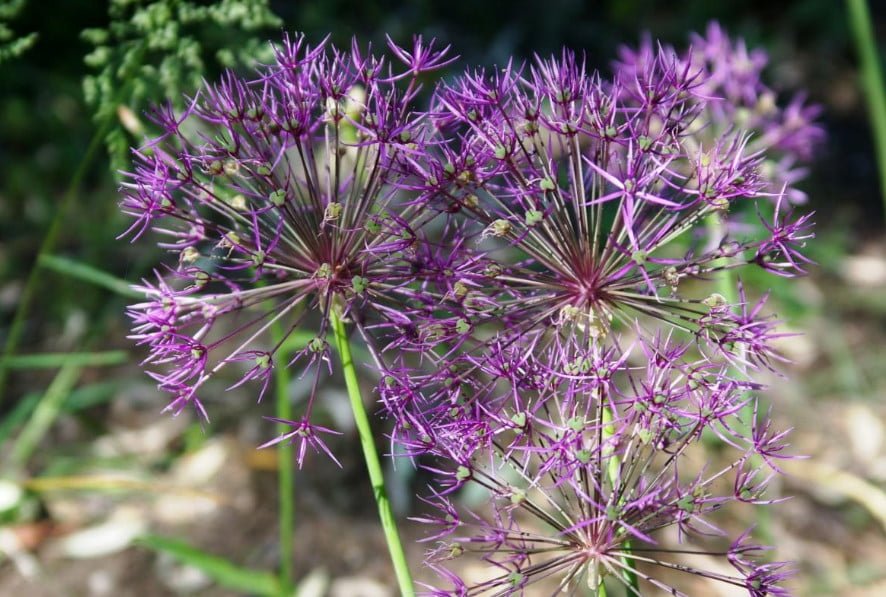
It:
- Allium aflatunense;
- A. giganteum;
- A. karataviense;
- A. moly;
- A. oreophilum, syn. A. ostrowskianum;
- A. cristophii, syn. A. albopilosum;
- A. paradoxum and others.
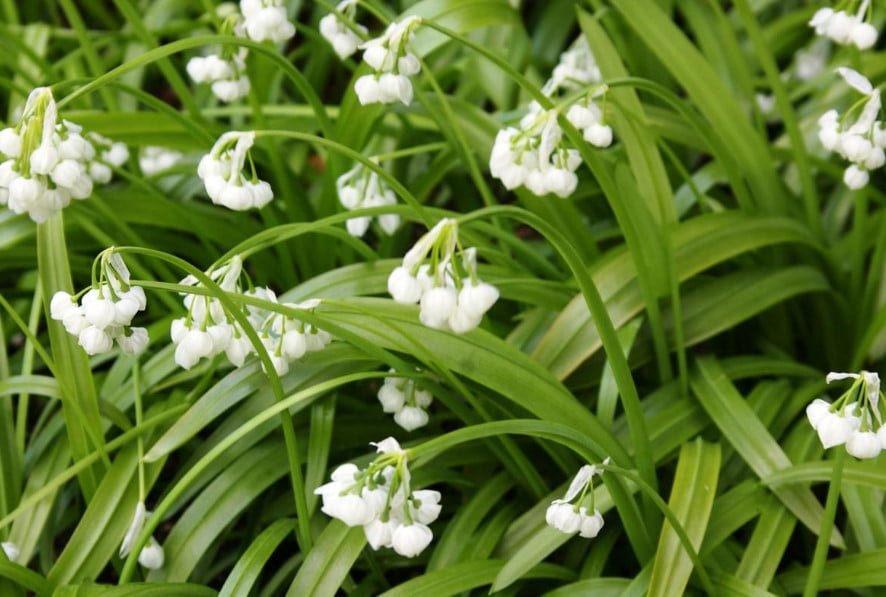
All Alliums — drought-resistant plants loving an open Sunny location with well-drained soils.
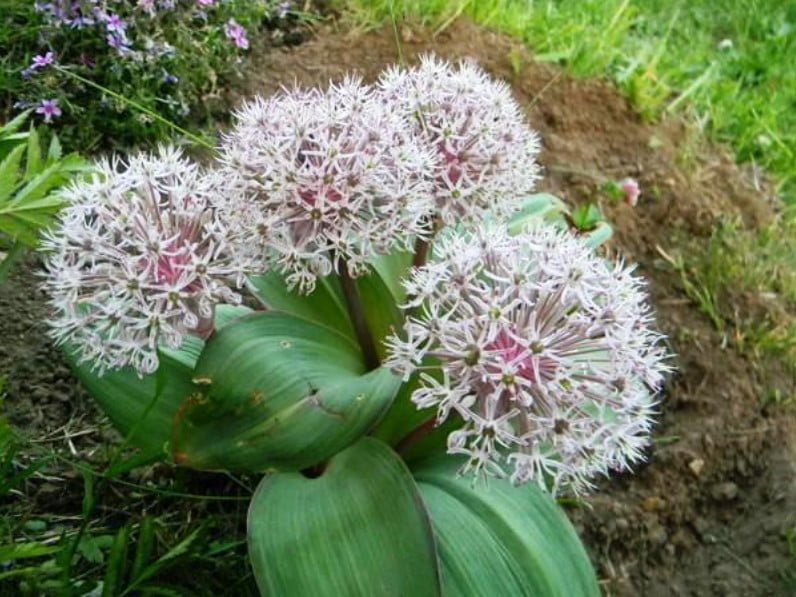
Low species look luxurious in rocky gardens.
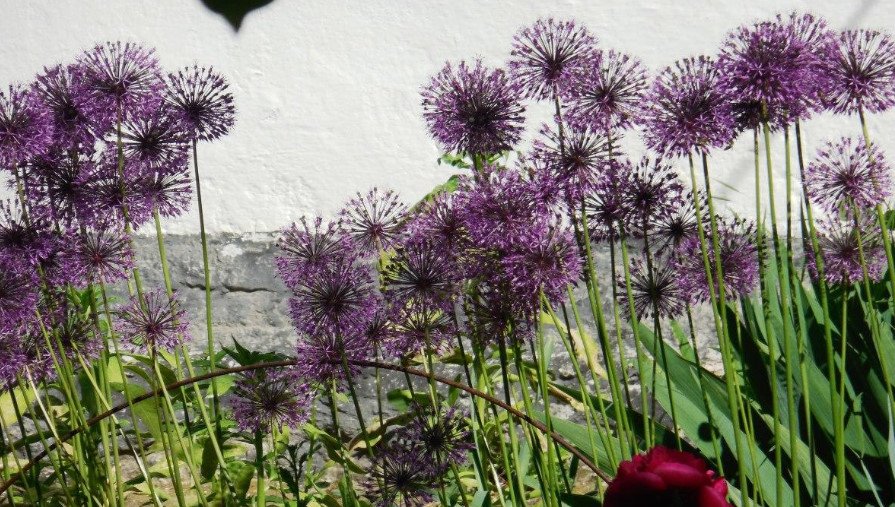
Some species bloom not only in the sun, but also in semi-shaded areas of cottages.
Nomocharis
Under this name are hiding a few rare capricious species from Western China, Burma.
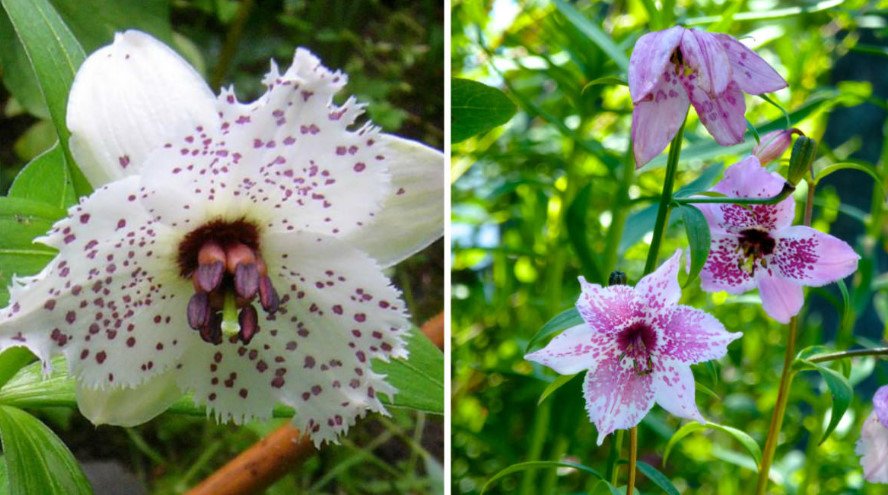
Nomocharis pardanthina height-90 cm, width-10 cm funnel-shaped Flowers, white and light pink, with a crab on the petals, diameter 5-9 cm; bloom in summer. In addition to his interesting:
- Nomocharis N. aperta;
- N. saluenensis.
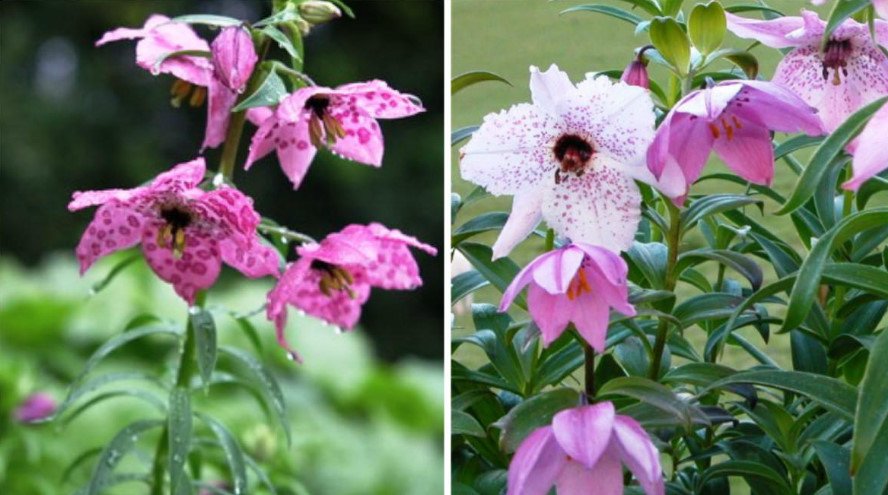
For all three species the British cite a critical winter minimum of -15°C.
Notholirion bulbifera
At least two rare representatives from Nepal and Western China are of interest.

Notholirion bulbifera up to 1.5 m and a width of 15 cm funnel-shaped Flowers, pale lilac, 4 cm long, collected in the brush for 10-30; bloom in the summer.
N. campanulatum height-80 cm, width-15 cm flowers are drooping, dark crimson, 5 cm long, collected in inflorescences of 20 PCs; bloom in the summer.
It is interesting that Notholirion after flowering mother bulb dies, passing flowering the next year one of its subsidiaries. Winter minimum -5°C, so in the open ground (or in containers, with their entry for the winter in the basement).
Onion luxury
Rarities from the Onion family are unusual: they do not look like bows, although they wear their “name”.
Tristagma uniflorum
Small elegant perennial with star-shaped flowers.
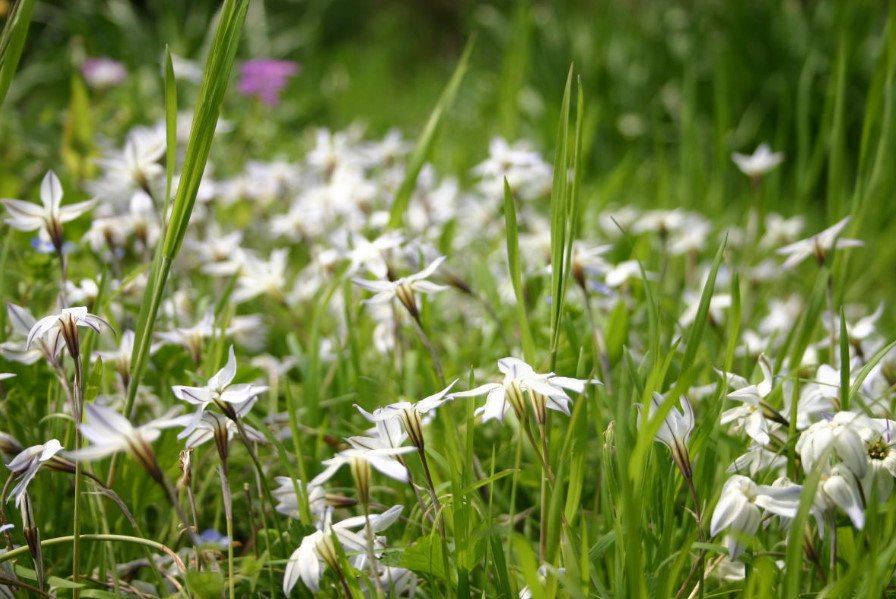
Violocea violacea
This is still a rare elegant beauty.
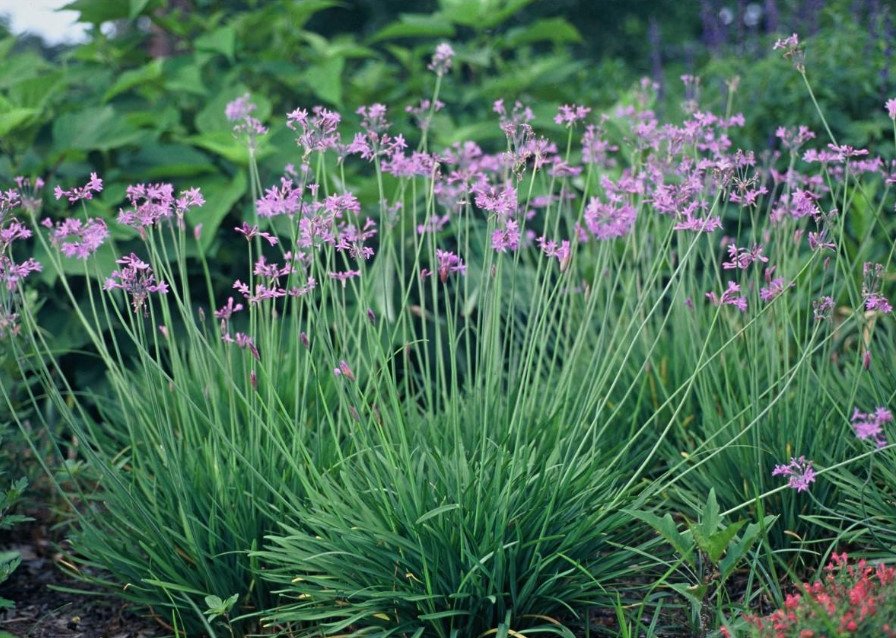
Tulbaghia violacea is native to South Africa, its winter minimum is -5°C, so it is only for the South, growing with shelter or in containers (with bringing them in for the winter in the basement). Its parameters: height-45-60 cm, width-25 cm lilac Flowers, very fragrant, collected in the apical umbrellas; bloom from mid-summer to early autumn. Propagated by seeds (with the cultivation of planting material during the year) and division.
Unexpected beauty of Colchicaceae
Beautiful and unpredictable — so I would describe the following plants.
Bulbocodium vernum
A rare spring ephemeroid (plant with a short period of development) from the Pyrenees, the Western Alps.
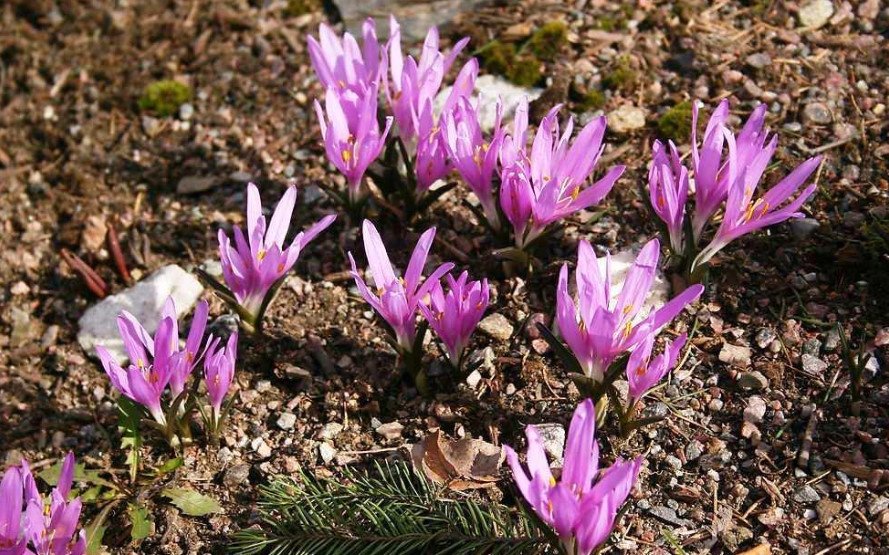
Bulbocodium vernum very tiny: height-4-8 cm, width – 5 cm pink Flowers, 4-8 cm long; appear from the ground suddenly, in the spring. Temperature winter minimum: standard -15°C, so you can try to grow in Central Russia, with shelter landing sites for the winter humus and dry leaves.
Merendera
The summer residents will be interested in two types: Merendera montana and M. trigyna.

Merendera montana, syn. M. bulbocodium, M. pyrenaica — perfect for autumn view from the Pyrenees; with a height and a width of 5 cm is Ideal for rockeries. Winter minimum: -15°C; you can try to grow with shelter in the middle lane.
M. trigyna-summer-luminous beauty from Turkey, Caucasus, Iran; height and width of about 5 cm Winter minimum -5°C.
Both prefer light drained soil with a high content of organic matter, open Sunny places.
And what rarity from the final catwalk bulbous plants adorn your garden?
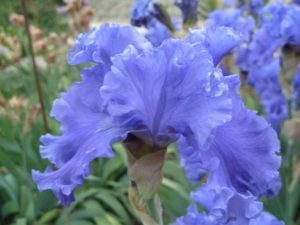
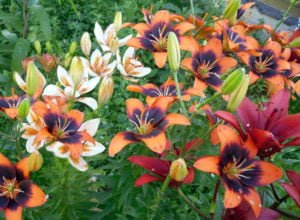
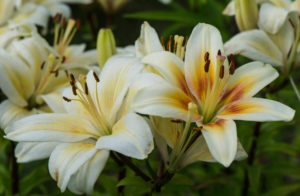

Leave a Reply